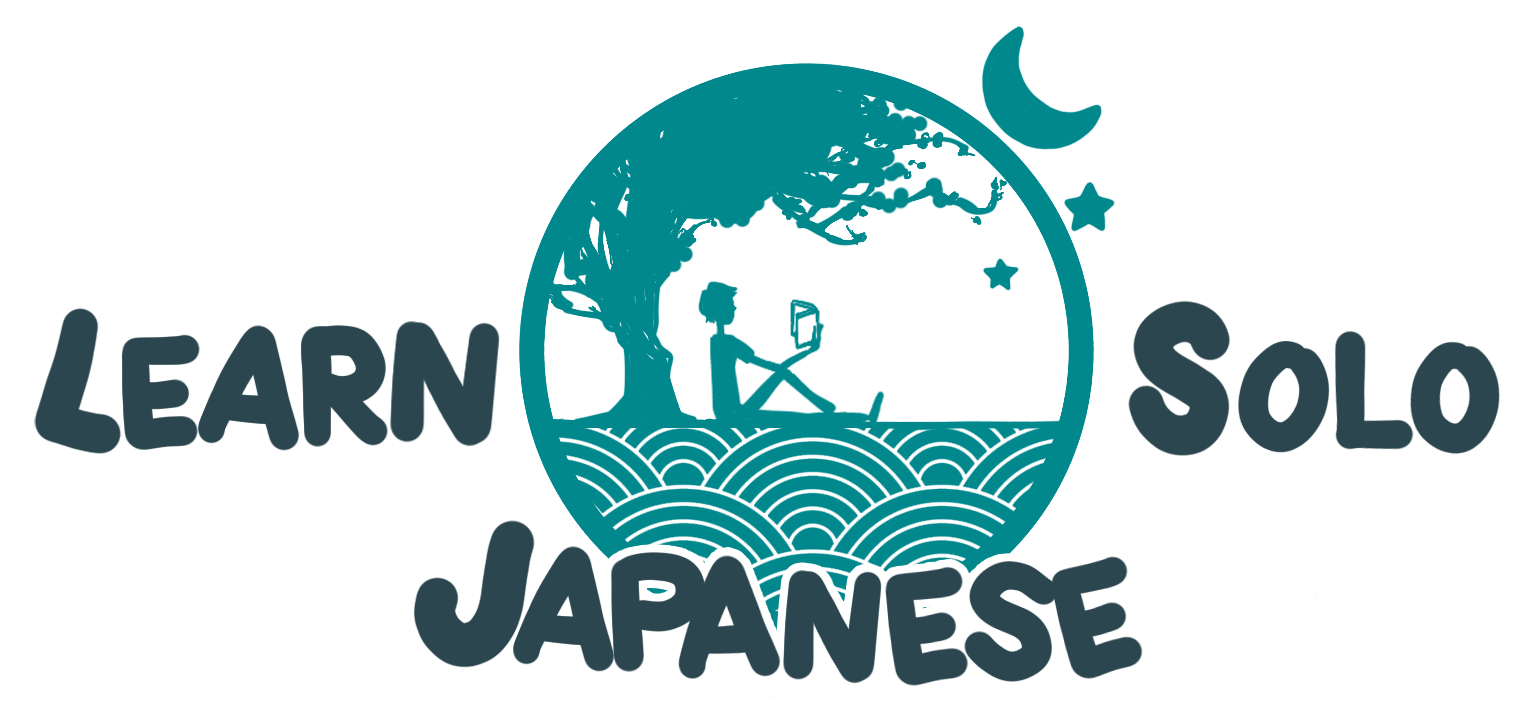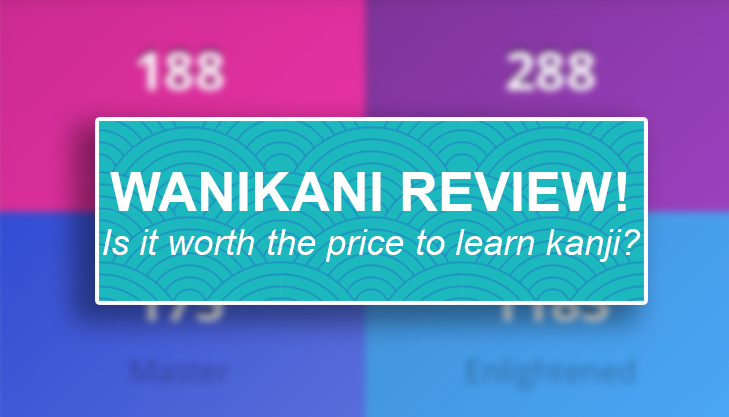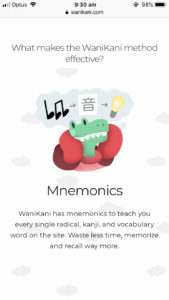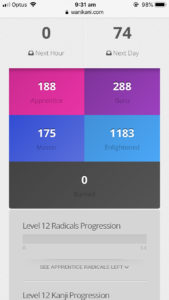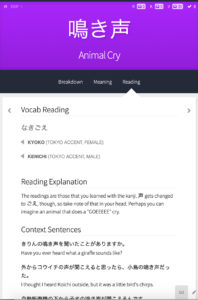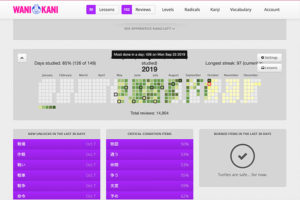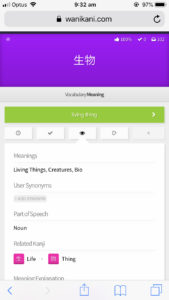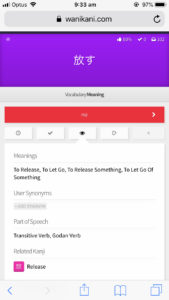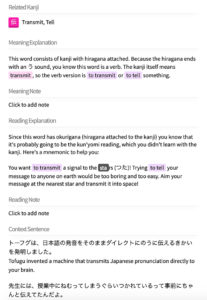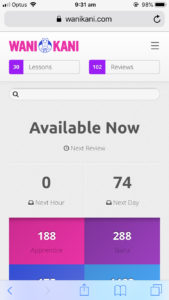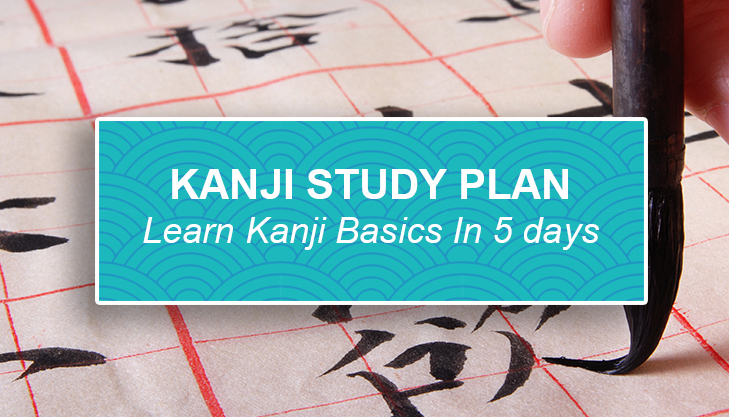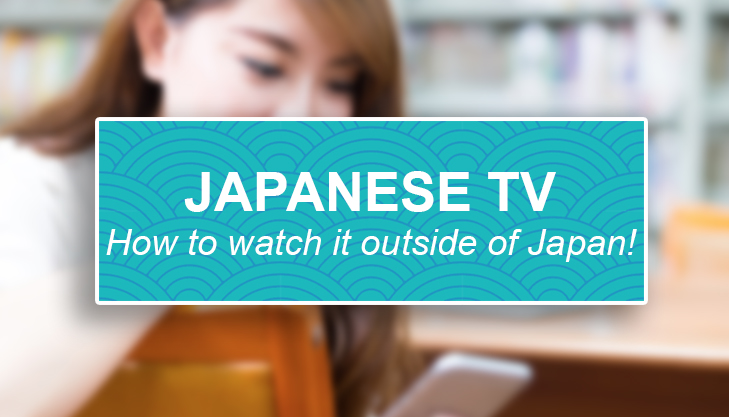


How To Watch Japanese TV From Overseas
Watching tv shows in Japanese is a fantastic way to immerse yourself in the language, understand context and pick up new words… but most other countries don’t have dedicated Japanese programming so how can you watch Japanese TV when you’re living overseas?
There are lots of ways to watch Japanese tv online these days but the easiest is to stream either using your regular local subscription services like Netflix or Youtube. You can also download shows or use a streaming box like the Ubox to get tv live.
We will look into each method in more depth as they all have pros and cons. Before you decide what method to use, you should also figure out what you are hoping to gain from watching the tv in the first place!
What makes watching tv good for learning Japanese?



Kaitlin thought her new plan to watch Japanese tv might be a bit too immersive this time.
Watching tv in Japanese can improve your listening skills, help you pick up new words and understand context. It’s often much more fun and engaging that just reading text books too!
Actually learning anything can be a little tricky as to be successful you need to make sure that you don’t just tune out what’s being said. TV is my relaxing time so I tend to zone out a bit while watching and I don’t actually take anything in. Japanese tv is fantastic for showing pictures and text alongside what’s being said so it can be easy to just look at the images and get the gist without using any actual Japanese.
If you’re at the beginning of your Japanese journey then that’s fine because it’s still great to get your ears used to the speech sounds and patterns. If you’re further in, then you will need to get in the habit of actively listening and reading rather than watching lazily.
For good results you should:
- Look up words you hear often so you can memorise them.
- Try to read words you see on screen.
- Actively listen to conversations.
- Choose tv shows which are around your level.
- Try to immerse yourself in what’s going on.
Do you need subtitles to watch Japanese TV?
Some of the services I mention today have subtitles and some do not. Some of them include subtitles in Japanese while other have a selection. What you need will depend on what you’re trying to learn. Watching with no subs is a totally valid choice. It can help force your ears to listen rather than relying on what’s on screen. No subs is my preferred method, even if I lose a bit of what’s going on, I find it more helpful!
Watching with subtitles in your native language.
Watching with English or your native language subtitles switched on seems like a great idea because it can help you understand plot and context really quickly. It can definitely help you make connections from spoken Japanese but subs can be unreliable and translations vary a lot in both quality and how literal the translations are. Some translators might translate common words several different ways. Some translations are done by volunteers who are hoping to improve their own language skills.
Watching with Japanese subtitles.



Mina laughed angrily at the pathetic library internet speeds as she struggled to watch the latest episode of One Punch Man on her phone.
By turning on Japanese subtitles you can help speed up your reading skills. If you are studying kanji, it can help you practice. Even if you aren’t quick enough to read full sentences, you can greatly improve kanji recognition times. The down side is that this is quite an advance technique so it can be very discouraging for beginners.
Overall just keep in mind that subs should be used as more of a guideline rather than a full language teaching resource because you never know the language level of the person writing them.
Do I need a VPN?
Yes and no. Many of the services included on this list do not require a VPN. Some do which are marked accordingly.
![]()
![]()
![]()
![]()
![]()
![]()
![]()
![]()
![]()
Streaming TV through official Japanese channels
![]()
![]()
![]()
![]()
![]()
![]()
![]()
Streaming tv on demand through the various official websites of Japanese tv channels is probably the safest way to watch Japanese tv online. It can be a bit tedious though as they are generally smaller clips that you have to navigate to get to.
To get the most out of these you may need a VPN set to Japan as some are region locked.
What can you watch: Mostly news, sometimes special interest shows etc, depends on the channel. You won’t get full tv shows usually.
Ease of use: Websites can be harder to navigate.
What do you need: Browser, VPN (some sites only)
Subtitles: No.
Good: Safe and easy.
Bad: Often not full tv shows. Legality of using a VPN to access other countries content may be vary in your location.
Price: Free, often ad supported.
Great if you want to just watch small things here and there and focus on your translation. Ideal for news stories.
Popular streaming sites to watch Japanese tv on:
- FNN Prime (mostly news, no VPN required)
- Asahi TV (news, no VPN required)
- QVCHome Shopping channel (yes this is the live home shopping channel, actually great for picking up descriptive words! No VPN required.)
- Nippon TV (on demand site for full tv shows, requires VPN)
- NHK (Japanese website, advanced content, some news and special interest clips)
Netflix and similar local streaming services
![]()
![]()
![]()
![]()
![]()
![]()
![]()
Using streaming services that you already pay for to learn Japanese is ideal for the budget too! With Netflix you have a couple of options. If you don’t want to use a VPN you can watch regular shows with Japanese audio or subs. You will get the best results with this by changing your profile language to Japanese. If you want to view Japan only content, you can use a VPN to get to Japanese Netflix directly. Keep in mind that shows on Japanese Netflix probably won’t have any English subs.
Of course this will have varied results depending on what kind of content and how international the streaming service you’re using has. There are also sites like Crunchyroll and AnimeLab which specialise in anime content (both subbed and dubbed) if that’s your style.
What can you watch: Variety of shows depending on streaming service.
Ease of use: Easy to use, just switch languages or audio. VPN if required can be slightly trickier but still very easy..
What do you need: App or browser. VPN for Japan only content.
Subtitles: Yes, sometimes also dubs.
Good: Lots of varied content. Easy to use. You probably already have a Netflix subscription. Switching language and sub tracks is totally legal.
Bad: Legality of using a VPN to access other countries content may be vary in your location.
Price: Varies based on streaming service, usually under $10 a month.
An easy way to use tolls you probably already have to supplement your learning experience.
Popular streaming services to watch Japanese tv on:
- Netflix (Varied content)
- Crunchyroll (Anime content only. Free with ad support, $7.99 per month, has subs. Old and new content.)
- AnimeLab (Aus and NZ only currently. Anime, $8.99 per month. Subs and dubs. Old and new content.)
- Any other local streaming services (Use with a VPN or switch your language to Japanese to view relevant subbed content.)
![]()
![]()
![]()
![]()
![]()
![]()
![]()
![]()
![]()
Youtube
![]()
![]()
![]()
![]()
![]()
![]()
![]()
Youtube is full of Japanese content but it can be a pain to find any! My biggest tip is to search for what you want to watch in Japanese and subscribe to lots of channels to get a constant stream of a variety of content. Search for your interests and hobbies outside of Japanese eg. cooking, sewing, building, whatever and go from there!
Youtube is useful because a lot of the creators are every day people so you can see unpolished, normal speech as well as professionally done clips etc.
There are also a lot of Japanese drama and tv show rips on Youtube, and while the legality is questionable, they are certainly available.
Additionally you can watch a lot of non-Japanese content with subtitles turned on. Of course, the quality of these subs can be very questionable because it’s often user submitted so try at your own risk.
What can you watch: A huge variety of content. Some live, some full shows, some short clips.
Ease of use: Simple to use, can be hard to find content.
What do you need: Browser or app.
Subtitles: Yes, quality varies.
Good: Lots of information included.
Bad: Annoying to search through junk for good stuff, legality of tv rips is questionable.
Price: Free, ad supported.
If you can be bothered to put in the effort to search then there’s lots of great content worth watching.
Popular Youtube channels to watch Japanese tv on:
- TBS news (news and special interest clips)
- TBS YouTuboo (other short variety clips and ads from TBS)
- QVCJapan (the home shopping channel streams live here too)
- ANN News (streams news live plus other clips)
Note the above are just professionally produced content, I will write a separate post on specific Youtubers I think are worth subscribing to.
![]()
![]()
![]()
![]()
![]()
![]()
![]()
![]()
![]()
Ubox and Streaming Boxes
![]()
![]()
![]()
![]()
![]()
![]()
![]()
If you want to go a step further than just watching shows then you can watch live tv straight from Japan. The benefit for this is that it makes immersion much easier. You also get some hilarious ads mixed in too!
Streaming boxes are available all over Asia and you can buy them directly on places like Aliexpress or eBay. The most popular seems to be UBox via Unblock Tech, though there are others that you can install on any android device. They work by connecting to your TV and streaming the channels directly. As they generally just run on android you can install your own apps and do whatever else you like with them.
Most of these also seem to allow you to view tv that has passed for a week or so in case you miss anything.
What can you watch: Anything available on live tv in Japan.
Ease of use: Seems to be straight forward to set up.
What do you need: Streaming box and tv.
Subtitles: No.
Good: Lots of channels are available including non-Japanese ones. Watch TV live as it happens. Live tv is great for immersion.
Bad: Expensive one off fee. Legality will vary based on your location.
Price: Around $150-250 for a box on eBay currently with no ongoing fees.
If you plan to watch a lot of live tv and don’t want to pay ongoing subscription services then this might be a good option for you.
![]()
![]()
![]()
![]()
![]()
![]()
![]()
![]()
![]()
Online Live TV Services
![]()
![]()
![]()
![]()
![]()
![]()
![]()
Similar to Ubox, there a lot of online versions which will allow you to tune into Japanese tv live from your browser or phone via an app.
What can you watch: Channels offered differ between services but anything on live tv is available.
Ease of use: Varies between services but most of them you seem to just sign up and select the channel
What do you need: Browser and sometimes to download an app.
Subtitles: No.
Good: Live tv very useful for immersion.
Bad: Expensive, VPN may be required and legality of the service will vary from place to place.
Price: Varies between services, some are completely free, others go from $20-30 per month.
Try the free ones and see if you like them, there’s no subscription or account required.
Popular sites to stream Japanese tv on:
- TVJapanLive (no app required, free, ~15 channels of live TV)
- ForJoytv ($27.99 p/m subscription)
![]()
![]()
![]()
![]()
![]()
![]()
![]()
![]()
![]()
Any others?
![]()
![]()
![]()
![]()
![]()
![]()
![]()
![]()
![]()
Hopefully this has given you a decent idea of how to watch Japanese tv outside of Japan. Of course these are just a start and there are plenty of other ways to get your language fix. Some language learning apps even include it in their course work which I will get further into later.
My suggestion is the start with some of the offical sites and then move on to youtube and full tv shows on Netflix. This will allow you to grow as you learn more language.
If you can get live tv to work and have it on in the background you can really immerse yourself and make learning more fun! If you’re tired of listening and want to get stuck into some kanji, read my review of Wanikani here next.
